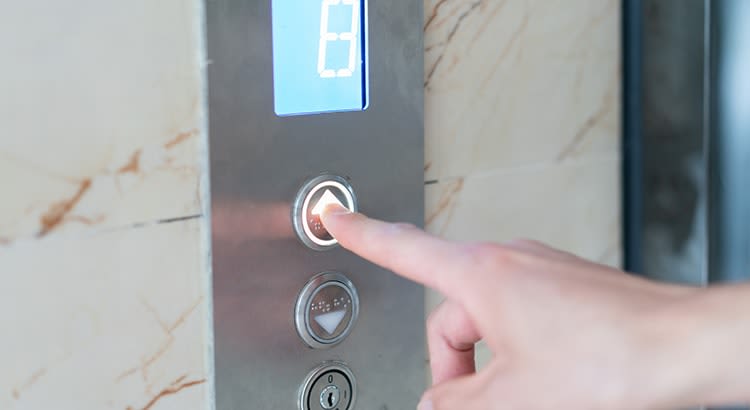The thought of owning a home in Valley Village is exciting, but if you’ve never shopped for a home before, you may not know where to begin your search. Perhaps you’ve looked at a few homes online, and you have some money set aside for a down payment, but you’re still stuck on what to do next. This home-buying guide will break down the entire process in detail so that you will know what you need to do to complete your purchase.
1. Set aside three to six months to finish your purchase
Buying a new home isn’t something that can happen overnight. In all likelihood, it will take a few months for you to get the money together, find a home that you like, and perform all the necessary tasks in order to complete your purchase. You may find that there isn’t a home for sale that you like when you first begin looking, and you may wait several weeks until there’s a property that comes onto the market that meets your needs. Once you agree to a deal to buy a home, you’ll schedule a closing date that’s 30 to 45 days in the future. That may seem like a long time to wait, but you’ll need a few weeks to complete the inspection and appraisal and to give the title company a chance to confirm that the seller has the legal right to transfer ownership of the home. There will be some patience and diligence required, but the end result makes the waiting well worth it.
2. Speak to at least three lenders

The lender is the party who will supply the funds necessary for you to purchase a home. Unless you plan to pay for a home in cash, you’ll need to secure a loan so that you can take ownership of the property. Lenders will ask for several pieces of information to determine what sort of loan you can qualify for. They will use certain pieces of information, such as your debt-to-income ratio and your current credit score, to determine what sort of amount they can pre-approve you to borrow. It’s important to speak with multiple banks or groups as you’re deciding what lender to work with because not all lenders will offer you the same interest rate. They will use the national interest rate provided by the federal reserve as a starting point, but the exact interest rate they provide is based on a number of different factors and can vary based on who you’re talking with.
3. Decide what you want in your new home

This is the part of the process that most buyers find the most enjoyable. Take some time to look at home listings online to get a feel for what features and amenities you want your new home to have. Consider factors such as the home’s layout and the number of rooms as you search. Think about how the home’s location and neighborhood could impact your quality of life as well as the value of the home itself. Remember that certain things, such as paint color, are only cosmetic issues and can be replaced later on if you don’t like them.
4. Start scheduling in-person showings

Once you’re ready to begin seriously shopping for homes, it’s important to start seeing properties in person. This will give you a better idea of what type of condition the home is in. You’ll also be able to visualize what your life could be like if you lived in the home. Pay attention to any signs of foundational or structural damage. Cracks in the walls or doors that stick may point to a foundation that is unstable. Chipped paint might only be a small cosmetic issue, or it could be a sign of general neglect on the part of the previous homeowner.
5. Make a strong offer

The seller likely won’t consider offers well below the asking price if their home has only been on the market for a few days or weeks. They will want to wait and see if anyone comes along to meet their demands. On the other hand, the seller might be growing impatient if the home has recently experienced a price drop or if it has already been on the market for several months. These could be situations where you as the buyer have more negotiating power. Your real estate agent will advise you on how to best proceed in these situations and how to respond to any counteroffers from the seller.
6. Prepare for closing

Don’t skip the inspection once you find a home that you want to buy. Some buyers will offer to waive their inspection contingency as a way of making their offer appear more lucrative or favorable to the seller. This is incredibly risky because it means that you will be fully responsible for any issues the home has after the purchase is completed. Some of the most costly repairs are also the ones that are the hardest to detect initially. Your home could have foundation issues or serious plumbing concerns that might cost thousands of dollars to repair. An inspector can help you spot these issues so that you can negotiate with the seller about who will be financially responsible for making the necessary fixes. You’ll also work with an appraiser during this time to make sure the home is selling for a fair market price. If your home doesn’t appraise, you may have issues getting the necessary funding from your lender that you need to purchase the home.
Jonnelle Lewin knows what it takes to shop for a home in a competitive market. She has helped countless individuals purchase the home of their dreams. She listens attentively to each of her clients so that she can have a thorough understanding of what they are hoping to accomplish. She takes great pride in helping each person she works with achieve their goals. Reach out to Jonnelle when you’re thinking about testing the market for Valley Village real estate.




